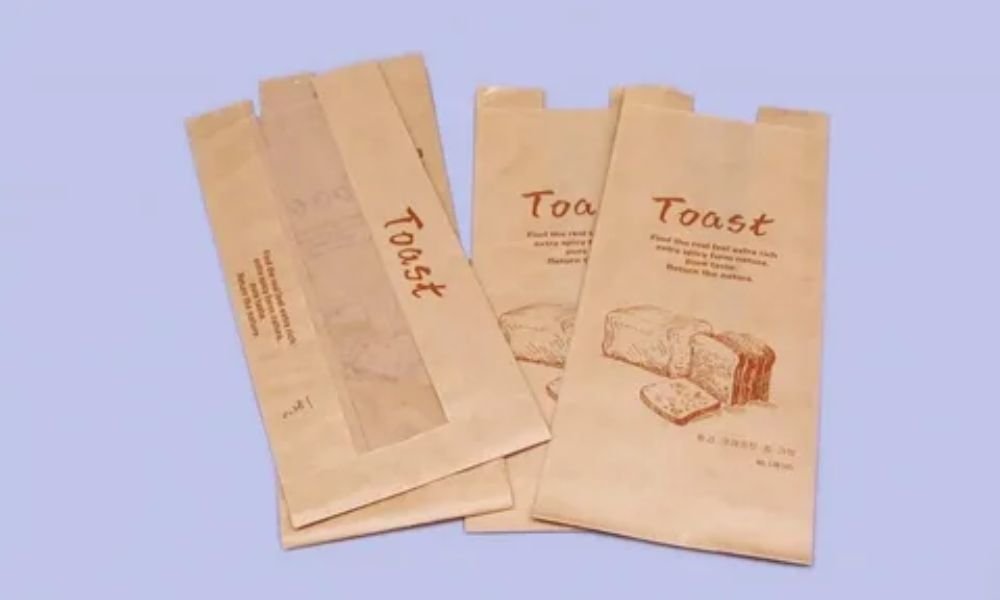Kraft paper can be produced to essentially any size and it is customarily made to order, using recycled material which makes it very environmentally friendly and can be sourced in a plethora of industries. In their packaging and as well as in creatively generated projects, the inherent sturdiness and flexion become prized.
Nevertheless, the achievement of the right texture or quality of wholesale custom kraft paper is closely linked to custom kraft paper drying and curling. In this blog you will be informed where kraft paper comes from, in its damp and raw state, and then how it turns into that elegant thing you will be able to use in many ways.
With the knowledge of how drying and curling occurs, you will be more appreciative of this important paper.
Get An Overview
Kraft paper has gained a reputation for its surface texture, toughness, and endurance. This is created from wood pulp and involves the use of chemicals to maintain the fundamental fibers of wood hence a strong outcome. As a result, custom printing and other finishing processes may be carried out on kraft paper depending on the use that the client intends to put the paper through. So one of the most essential activities during its manufacturing is the stage of drying which defines the roughness/flexibility of the paper. Correct drying methods are used to make sure that the paper does not become ‘set’ when drying but keeps the inherent tensile strength on drying.
The Drying Process
Vitaly to the quality of the finished kraft paper it is important to dry it adequately to enhance its durability. The raw material for the kraft paper is wet during production which should be dried in a manner that can prevent the general weakening of the paper. Drying forms part of the process whereby the wet kraft paper is exposed to heated rollers to drain an excess quantity of water. This is quite tricky as poor drying may result in the formation of loose or curled areas on the hair. In this way, the desired strength and texture of the paper can be retained with the help of controlling the temperature and humidity, thus suitable for kraft wrapping paper or craft uses.
Curling
Formation of curls is typical when the kraft paper roll is being dried but it can be either controlled or on a random basis depending on the intended use of the product. When curling is thus undesired, it causes inconvenience, particularly in handling or printouts. Then, intentional curling is used deliberately to create another type of pattern for whatever purposes one might have. For instance, the rough surface of curling gives extra appeal to wrapping papers or other decorative sheets. The amount of curl can be best controlled to some extent in the dryer section by controlling the dryer tension and moisture profile across the kraft paper.
The Challenges of Achieving Flat Sheets
Because the final product, kraft paper sheets, needs to be flat through thickness, the paper undergoes additional treatment in the drying phase. Some of the manufacturing process techniques that manufacturers employ include use of the calendering rolls which tend to reduce the curl in the fibers. Paper is quickly taken by rollers that apply certain pressure and heat, effectively reducing any imperfections, and producing flat kraft papers. This is especially the case for those who plan to use kraft paper printing for their products, since curling or warping ruins intercalary designs.
Specific Use in Arts and Crafts
Kraft paper can undergo a lot of customizations and mainly comes in handy in areas such as gift wrapping, crafting, and packaging. When dry, kraft paper is different as it becomes very flexible, easy to work with, and ideal for individual uses. Kraft paper is also used in arts because of its natural and beautiful appearance once custom printed. The controlling of the drying process affects the ability of the paper to be printed, folded, or cut without cracking and therefore is the preferred paper for complex customizations. This paper reveals that good drying and curl control is critical to achieving the maximum potential of kraft paper.
Advantages of Mass Purchasing
The kraft papers wholesale allows for lower prices and a consistent source of this sustainable material that will be perfect for businesses and creative professionals. If you’re using kraft paper for gift wrapping, unboxing, or artwork, you need to consider buying in bulk as you get more pieces at a better unit cost. One question to ask when buying kraft paper in bulk would be how the paper was dried to determine whether or not it is naturally excessively curled. Kraft paper when dried well does not tend to curl hence the quality and usability when used in projects that may need to have a smooth feel.
Preventing Curling
It is important to store custom kraft paper correctly to avoid situations when it will curl up unnaturally. The paper may curl or warp even after the drying process in which it is exposed to moisture or temperature change. Kraft wrapping paper and kraft paper sheets should be kept in a cool, dry place, and are preferably to be stored flat or rolled on a roll. Just like in plates and dishes, storing the custom freezer paper sheets on its side means that some parts of the paper will experience a lot of pressure making them curl. This will go a long way in helping regulate the kind of environment through which your kraft paper will be usable for the longest time possible.
Conclusion
Special processes of drying and curling on kraft paper significantly influence the paper’s quality and practical application. The physical and chemical processes in kraft paper production such as controlling moisture content during drying to managing curl for functionality or aesthetics provide a different perspective in making the product. Whether you are buying kraft paper rolls, kraft paper sheets, or going in for printed kraft paper, knowing more about it will help make the right decision for its use. Please always ensure the kraft paper is well dried because you want paper that forms the canvas to so many more ideas.












Leave a Reply